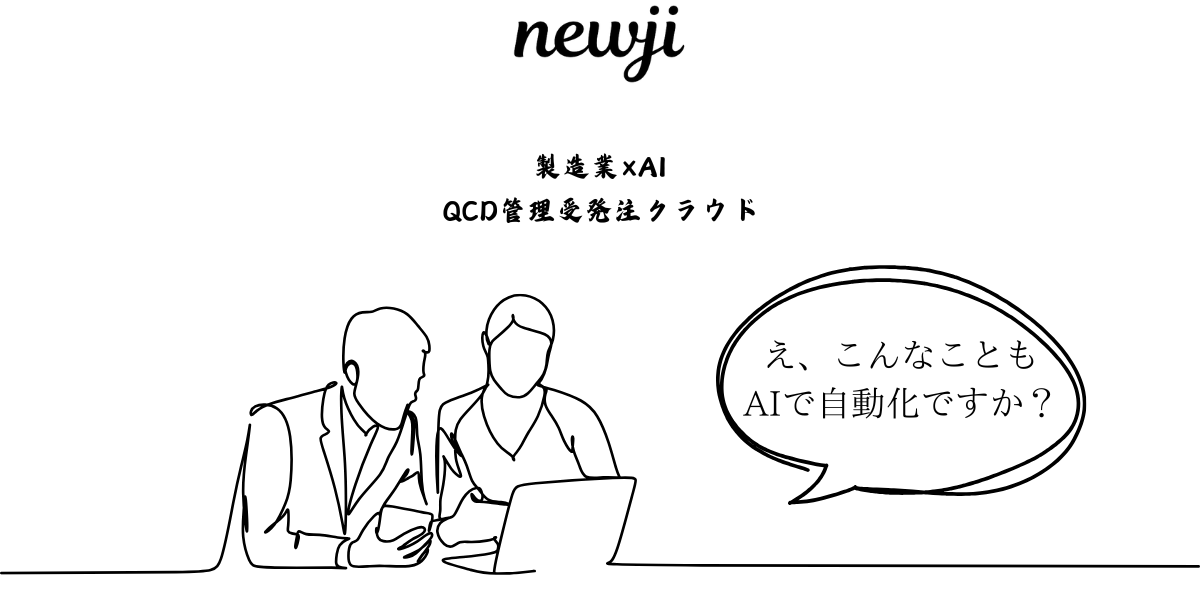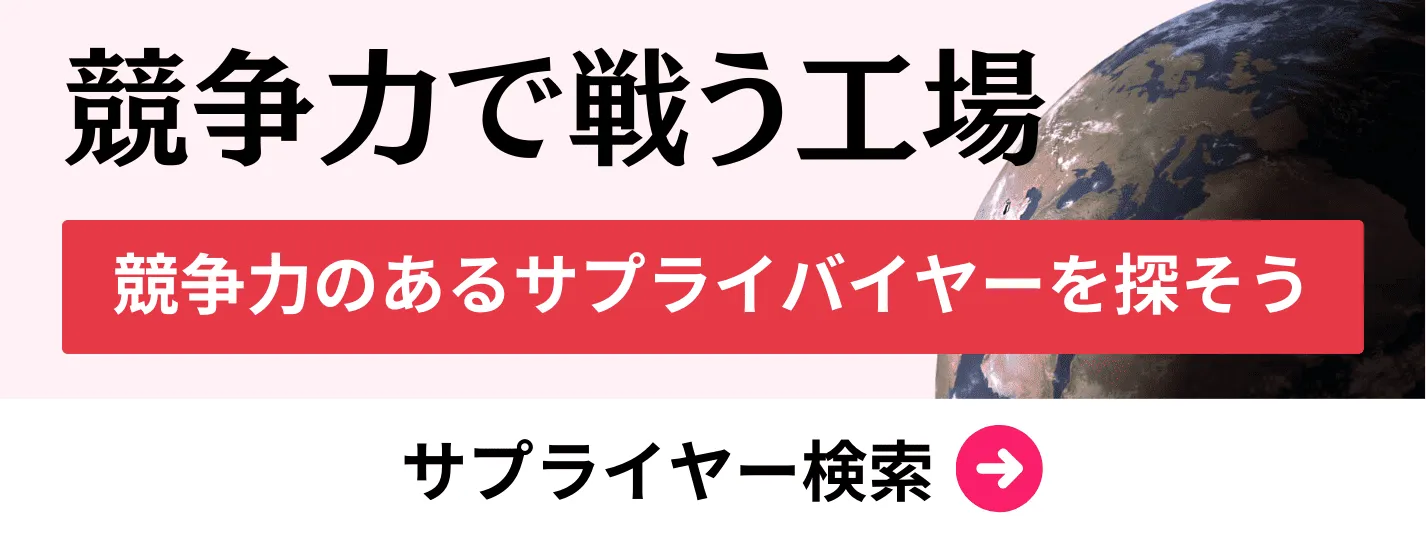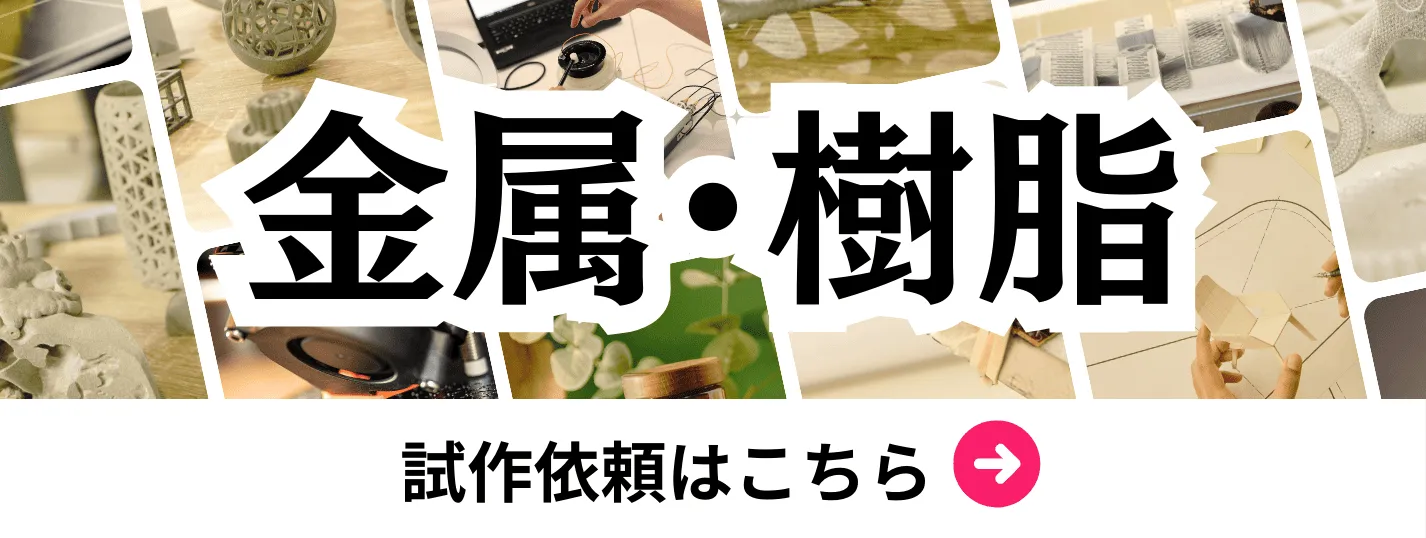- お役立ち記事
- Strength improvement technology for earth and stone products and its application examples [industrial market]
月間76,176名の
製造業ご担当者様が閲覧しています*
*2025年3月31日現在のGoogle Analyticsのデータより

Strength improvement technology for earth and stone products and its application examples [industrial market]

目次
Introduction to Strength Improvement in Earth and Stone Products
The strength and durability of earth and stone products are crucial in various construction and industrial applications.
As industries continue to expand and evolve, there is an increased demand for materials that can withstand environmental pressures and the test of time.
Strength improvement technology plays a significant role in enhancing the performance of these products, ensuring they meet the rising standards of today’s construction needs.
Understanding Earth and Stone Products
Earth and stone products comprise a wide range of materials, including natural stones, aggregates, and composites used in construction.
These materials are essential for building infrastructure like roads, bridges, buildings, and landscaping features.
The inherent characteristics of these materials, such as their compressive strength, density, and durability, make them suitable for various applications.
However, natural variations in these materials can lead to inconsistencies in performance.
To address these challenges, strength improvement technologies are employed to enhance their properties, ensuring they deliver consistent performance in diverse environments.
Importance of Strength Improvement
The primary purpose of strength improvement technology is to enhance the durability and longevity of earth and stone products.
This improvement is vital for ensuring safety and reliability in construction projects.
As these products are often subjected to harsh conditions such as weather changes, mechanical stress, and chemical exposure, strengthening them helps prevent premature failures and reduces maintenance costs.
Stronger materials contribute to sustainable construction practices by increasing the lifespan of structures and decreasing the need for frequent repairs or replacements.
This sustainability aspect aligns with global goals of reducing environmental impacts associated with construction and infrastructure development.
Technologies for Improving Strength
Several technologies are employed to enhance the strength of earth and stone products.
These technologies range from traditional methods to advanced scientific interventions, each offering unique benefits.
Geopolymers
One of the most promising technologies in this field is the use of geopolymers.
These materials are synthesized from industrial waste like fly ash and slag, offering an environmentally friendly alternative to traditional cement and concrete.
Geopolymers provide superior strength and durability, making them ideal for construction purposes.
Their ability to withstand high temperatures and chemical attacks further enhances their suitability for challenging environments.
By incorporating geopolymers into earth and stone products, manufacturers can significantly improve the performance characteristics of these materials.
Nano-Technology
Nanotechnology is another innovative approach that has shown great potential in enhancing the strength of earth and stone products.
By manipulating materials at a molecular level, researchers can develop composites with enhanced properties.
Nanoparticles are introduced into stone and concrete to improve their compressive strength, crack resistance, and overall durability.
This technology allows for the production of lighter yet stronger materials, which can reduce the load on structural frameworks and contribute to more efficient construction designs.
Fiber Reinforcement
Fiber reinforcement is a well-established method for improving the strength of concrete and stone aggregates.
By incorporating fibers such as steel, glass, or synthetic material into the mix, you can significantly enhance tensile strength and reduce the likelihood of cracking.
This method not only improves mechanical properties but also increases resilience against environmental factors such as freeze-thaw cycles and seismic activities.
The versatility of fiber reinforcement makes it a popular choice in many infrastructure projects worldwide.
Applications in the Industrial Market
Strength improvement technologies find applications in numerous industrial sectors, reflecting their versatility and adaptability.
These technologies are crucial in advancing construction practices and ensuring infrastructure resilience.
Infrastructure Development
In developing infrastructure, such as highways, bridges, and tunnels, strength improvement technologies are invaluable.
They allow engineers to construct safer and more durable structures, minimizing the risk of failure and prolonging service life.
For instance, fiber-reinforced concrete has been instrumental in building earthquake-resistant structures in seismic zones, enhancing public safety and confidence in construction technologies.
Environmental and Waste Management
In the realm of environmental engineering, these technologies are used to create barriers and liners for waste containment facilities.
The enhanced durability and chemical resistance of these materials help prevent contamination and ensure long-term stability of waste management systems.
Geopolymers, with their sustainability benefits, are particularly advantageous in applications involving hazardous waste containment due to their low carbon footprint and strong physical properties.
Urban Landscaping and Aesthetics
The aesthetics and functionality of urban landscapes can be significantly improved with the use of advanced earth and stone products.
Paving stones, tiles, and structural components made using strength-enhanced materials contribute to both the visual appeal and practicality of urban spaces.
The durability and variety of design options available with these improved materials support modern architectural trends that demand both form and function.
Conclusion
The advancement of strength improvement technology for earth and stone products is pivotal to modern construction and industrial markets.
These technologies not only enhance the resilience and durability of materials but also align with sustainable construction practices.
As industries continue to adopt and refine these technologies, the potential for safer, more durable, and environmentally-conscious infrastructure will continue to grow.
By investing in these improvements, we ensure the development of structures that can withstand the demands of the future, ultimately contributing to the betterment of our built environment.
 資料ダウンロード
資料ダウンロード
QCD管理受発注クラウド「newji」は、受発注部門で必要なQCD管理全てを備えた、現場特化型兼クラウド型の今世紀最高の受発注管理システムとなります。
 ユーザー登録
ユーザー登録
受発注業務の効率化だけでなく、システムを導入することで、コスト削減や製品・資材のステータス可視化のほか、属人化していた受発注情報の共有化による内部不正防止や統制にも役立ちます。
 NEWJI DX
NEWJI DX
製造業に特化したデジタルトランスフォーメーション(DX)の実現を目指す請負開発型のコンサルティングサービスです。AI、iPaaS、および先端の技術を駆使して、製造プロセスの効率化、業務効率化、チームワーク強化、コスト削減、品質向上を実現します。このサービスは、製造業の課題を深く理解し、それに対する最適なデジタルソリューションを提供することで、企業が持続的な成長とイノベーションを達成できるようサポートします。
 製造業ニュース解説
製造業ニュース解説
製造業、主に購買・調達部門にお勤めの方々に向けた情報を配信しております。
新任の方やベテランの方、管理職を対象とした幅広いコンテンツをご用意しております。
 お問い合わせ
お問い合わせ
コストダウンが利益に直結する術だと理解していても、なかなか前に進めることができない状況。そんな時は、newjiのコストダウン自動化機能で大きく利益貢献しよう!
(β版非公開)









